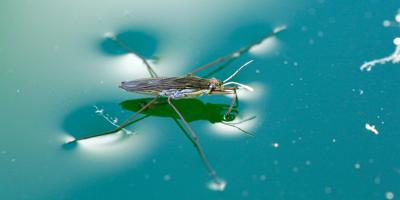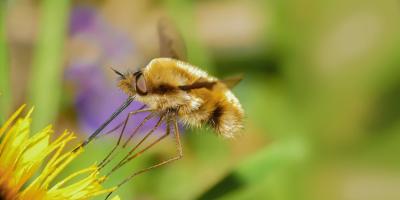Invasive Species: What's the Problem?

The world is a wildly diverse place, with millions of different species of plants and animals distributed among eight dramatically different kinds of ecosystems, but that doesn’t mean they all stay put. Most species in any given region are native to the area, but some are known as “exotic” species because they originally hail from other parts of the world than where they currently reside.
Most exotic species blend right in with their adoptive habitat, but there’s one particularly troubling exception – invasive species.
Understanding the Threat of Invasive Species
A species is considered invasive when it not only originates from another part of the world, but its presence in its new habitat is actually harmful to other species in the same ecosystem. That’s not to say the invasive species is particularly nasty or mean.
For example, hailing from east Asia, the brown marmorated stink bug isn’t an aggressive insect species at all, but its appetite for tree fruits and vegetables causes millions of dollars’ worth of damage every year throughout the United States, where it’s only been living for the last twenty or so years.
A more recent emigrant to the United States is the Asian spotted lanternfly, which was first discovered in Pennsylvania in 2014. Spotted lanternflies wreak havoc on trees and other vegetation by secreting a sugary substance called “honeydew,” which attracts molds and fungi that can damage and even destroy local flora.
Species move from place to place around the globe for a variety of reasons. Sometimes the shifting climate of their native region pushes them out. Other times scientists move various species on purpose to help preserve them, or even to help control other species that have gotten out of control and could use a little...competition.
More often than not, however, species’ relocation is the result of a complete accident or oversight. For example, scientists now believe the spotted lanternfly made its way to the United States aboard cargo ships – not as cargo, mind you, but as stowaways.
Another seafaring species can be found in the Asian lady beetle (not to be confused with ladybugs). Lady beetles originate in Asia but are now found in every corner of the globe thanks to several centuries of international sea traffic.
Avoiding Contact with Invasive Species While on the Go
But it’s not just ships – any form of human travel has the potential to move a species from one region to another, regardless of whether you move through the sea, land or air. And it doesn’t always have to be great distances either – Kentucky firewood has been under federal quarantine for years and years to try to prevent the spread of the tree-destroying emerald ash borer, even from one Kentucky county to another.
The next time you travel, there are a few things you can do to help prevent the spread of invasive species.
First of all, always be sure to clean any footwear and clothing that has or will be used outdoors before and after traveling from place to place. Shoes, in fact, are quite common vehicles to transport hitchhiking species. Also, never relocate any plant or animal life either to or from your home state – even seemingly harmless vegetable and fruit plants can harbor invasive species.
Finally, always be aware of your body and your surroundings. A potential catastrophe was averted in 2015 when a passenger traveling from Tokyo to Portland, Oregon noticed something strange attached to his checked-in luggage upon arrival. It turned out to be an Asian gypsy moth egg mass and, had it gone unnoticed, would have likely introduced that species to the American northwest.
Have you found a bug that doesn’t look like it’s from around here? Send a picture to our on-staff entomologist, Dr. Gary, for free identification. You may make his day!



